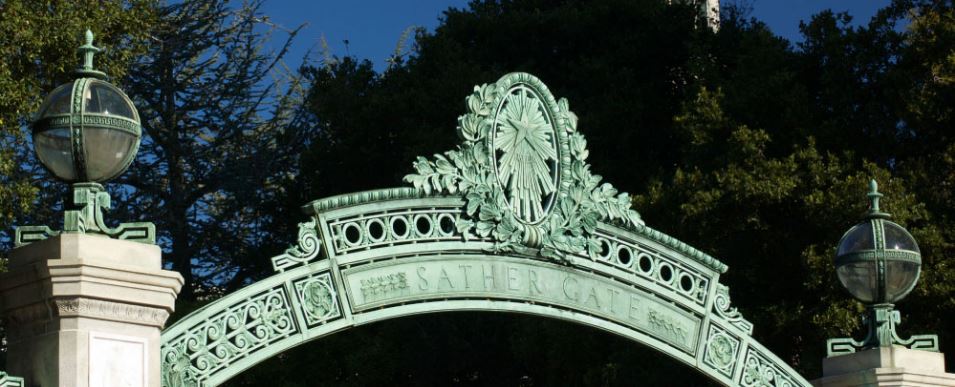There was a moment during the Western States Folklore Society 75th annual meeting last month where I realized how specific and special folklore studies scholars are. I was attending this conference, like my peers Ariel Peterson and Lauren Redding, for the first time under the guidance of Professor Jill Rudy. We three students came prepared to present research about our various areas of fairy tale scholarship, but that was only represented a fraction of the time we spent at the conference. It was during the Friday night lecture attended by all on “The Significance of Historical Folklore Studies for the Present” that I found myself looking around and being amazed at the collective wisdom and experience in the room. There were about fifty or so folklore scholars there and if I had to guess I’d say the average age was somewhere above fifty as well. Being in that lecture hall and attending that conference was unlike anything else I’ve done in my professional career–an admittedly short career, but a career nonetheless.
I listened as white-haired scholars discussed studies and papers they wrote from the 60s and 70s and how they influenced scholarship in the 80s and 90s and the implications it meant for the research done by new researchers in the 2000s and 2010s. These academics from all over the world had seen it all and in major ways shaped each of the conversations and presentations taking place that weekend in 2016 in Berkeley, California. These professors weren’t only practicing what they preached in recording and documenting social culture, they were living examples of folklore.
I don’t want to give a false impression of folklore scholars; by no means were all the conference attendees seasoned and gray. There were plenty of middle-aged and relatively young scholars there as well. But never before had I been to a professional gathering where experience, knowledge, and maturity were so invaluable and respected. I saw this recognition play out in Q&As after panels and in conversations at various receptions. I began learning important figures in folklore scholar history as their names and contributions were repeated in presentations. Perhaps this respect was best represented in a series of presentations on the history of folklore programs in the U.S. Professors from Cal-Berkeley, University of Oregon, Utah State University, University of North Carolina, and Brigham Young University. These presentations started a conversation among the conference attendees about the benefits of combining resources, of collaboration, and of the fundamentals of folklore: preservation, study, adaptation, and context. (These are the fundamentals of folklore as I understand them, anyway.) These presentations energized the conference and gave the collected scholars a chance to turn their attention to their very own folklore and the possibilities of continuing this research.
Not only did I learn about the folklore of folklore studies and the unique makeup of this area of scholarship, but I also saw practical and exciting applications of folklore studies on topics like skydiving, Michelle Obama, green-skinned fictional creatures, vloggers, and eating contests. I have had an amazing time focusing on fairy tale scholarship this past year, but it was fascinating to see the varied possibilities of folklore scholarship. As I left the conference I started thinking of untapped possibilities of local folklore yet to be studied and documented.
I attended the conference to present my paper “Don Draper Thinks Your Ad Is Cliché: Fairy Tale Iconography in TV Commercials,” but I left the conference with more than a line on my CV. I began conversations with fellow scholars who happily gave advice about my thesis and shared teaching materials with me. I left with a greater appreciation of academia. Most importantly, I left with a deeper understanding of the importance and possibilities of folklore scholarship.

